How to resolve A/D Conversion Error on YASKAWA A1000?
- MmichellebarreraSep 9, 2025
If your YASKAWA Controller displays an A/D Conversion Error, cycle power to the drive because the control circuit might be damaged.
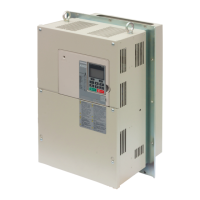
How to resolve A/D Conversion Error on YASKAWA A1000?
If your YASKAWA Controller displays an A/D Conversion Error, cycle power to the drive because the control circuit might be damaged.
What to do if YASKAWA DC Drives show a Multi-Function Analog Input Selection Error?
If you encounter a Multi-Function Analog Input Selection Error with your YASKAWA DC Drives, it is likely that at least two analog input terminals are set to the same function, or the analog input terminal and pulse train input are set to the same function. The suggested solution is to adjust the H3-02, H3-06, and H3-10 settings to eliminate the conflict between functions.
What to do if YASKAWA DC Drives show Run command/frequency reference source selection error?
If you are experiencing a run command/frequency reference source selection error with your YASKAWA DC Drives, it could be that the frequency reference is assigned to an option (b1-01 = 3), but the option is not connected. To resolve this, reconnect the option to the drive.
Why does YASKAWA DC Drives show Option Fault (CN5-B) if AI-A3 option connected to CN5-B port while another option was connected to CN5-A port?
The YASKAWA DC Drives show Option Fault (CN5-B) if AI-A3 option connected to CN5-B port while another option was connected to CN5-A port because only one of the options: AI-A3, DI-A3, or SI-?? can be connected to the drive at the same time.
Why does YASKAWA DC Drives show Option Fault (CN5-C) if AI-A3 option connected to CN5-C connector while another option was connected to CN5-A port?
The YASKAWA DC Drives show Option Fault (CN5-C) if AI-A3 option connected to CN5-C connector while another option was connected to CN5-A port because only one of these options, AI-A3, DI-A3, or SI-?? can be connected to the drive at the same time.
| Series | A1000 |
|---|---|
| Type | AC Drive |
| Altitude | Up to 1000m without derating |
| Output Frequency | 0-400 Hz |
| Control Method | V/f Control |
| Overload Capacity | 150% for 60 seconds |
| Communication Options | Modbus, DeviceNet, Profibus, Ethernet/IP |
| Ambient Temperature | -10 to 50°C |
| Storage Temperature | -20 to 60°C |
| Humidity | 5% to 95% (non-condensing) |
| Enclosure Rating | IP20 |
| Horsepower | 0.5 to 1000 HP |
| Power Range | 0.4 - 630 kW (varies by voltage and model) |
| Protection Features | Overcurrent, Overvoltage, Undervoltage, Overheat |
| Cooling Method | Fan Cooled |
| Safety | Safe Torque Off (STO) |
Guidance on inspecting the drive upon receipt and verifying the model by checking the nameplate.
Outlines specifications, procedures, and environment for proper mechanical installation of the drive.
Provides dimensions and heat loss data for flange type enclosures (NEMA 12 backside).
Illustrates how to connect the drive and peripheral devices for standard operation.
Details on wiring the main circuit of the drive, including diagrams for different voltage classes.
Procedure for removing and reattaching the terminal cover for wiring.
Instructions for detaching and reattaching the digital operator and front cover.
Procedure for removing and reattaching the top protective cover for IP20/NEMA 1, UL Type 1 drives.
Describes wiring specifications, procedures, and checkpoints for the main circuit.
Provides proper procedures and preparations for wiring the control terminals.
Details on sinking/sourcing mode, pulse train output, and terminal signal selections.
Instructions for connecting the drive to a PC using a USB port and DriveWizard Industrial software.
A checklist to review before performing a test run, covering various wiring aspects.
Explains how to use the digital operator for commands, parameter editing, and data display.
Describes Drive Mode for operation and Programming Mode for parameter editing and Auto-Tuning.
Summarizes steps for starting the drive, guiding users to appropriate start-up methods.
Provides a checklist before turning on the power and describes status display indicators.
Details on selecting Application Presets to automatically assign functions and set parameters.
Explains basic parameter settings required for initial drive operation.
Information on types of Auto-Tuning for induction and permanent magnet motors.
Explains how to operate the drive with the motor decoupled from the load during a test run.
Guidance on connecting the motor and proceeding to run the motor and load together.
A checklist to review before performing a test run, covering various operational aspects.
Provides descriptions of drive faults, alarms, errors, and related displays.
Details fault displays, causes, and possible solutions for various fault codes.
Lists alarm codes, their causes, and possible solutions for drive alarms.
Explains operator programming error codes, their causes, and possible solutions.
Details auto-tuning fault codes, causes, and possible solutions.
Lists messages and errors that may appear when using the Copy function.
Describes periodic inspection and maintenance for general, conductors, terminals, relays, capacitors, and IGBTs.
Details maintenance monitors for components and lists replacement parts.
Provides instructions for replacing a drive, including terminal cover and board removal.
Provides instructions on installing option cards, including PG options.
Explains load characteristics for Heavy Duty (HD) and Normal Duty (ND) ratings.
Provides power ratings for various drive models across different voltage classes.
Details control methods, frequency control range, accuracy, resolution, and starting torque.
Presents watt loss data for various drive models under Normal Duty and Heavy Duty conditions.
Lists parameters for initializing the drive, including language and access level selection.
Parameters for configuring application settings like Run command, Speed Search, and PID control.
Parameters for adjusting acceleration/deceleration times, S-curves, torque compensation, and carrier frequency.
Parameters for setting frequency references, including jump frequency and hold functions.
Parameters for configuring motor settings, including V/f patterns and rated current.
Parameters for configuring PG feedback, analog/digital I/O, and communication option cards.
Details functions for multi-function digital inputs and analog outputs.
Parameters for motor protection, overload, overheat, and drive protection functions.
Parameters for advanced performance adjustments like Hunting Prevention and Auto-Tuning.
Parameters for configuring digital operator display and keypad functions.
Parameters related to DriveWorksEZ software for custom functions.
Parameters for tuning the motor and drive for optimal performance, including Auto-Tuning.
Monitors that allow the user to view drive status, fault information, and other operational data.
Explains CE mark compliance, Low Voltage Directive, and EMC guidelines.
Details UL/cUL standards compliance and CSA certification for industrial control equipment.
Explains the Safe Disable inputs for stop function compliance with safety requirements.
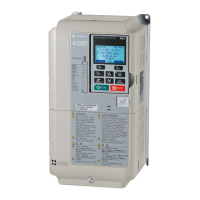
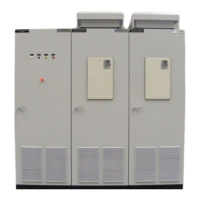
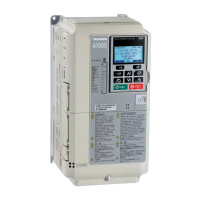
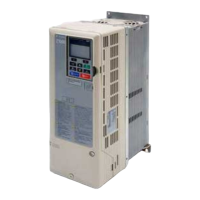
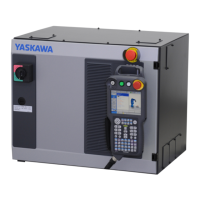
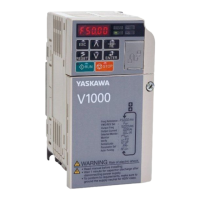
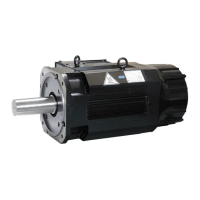

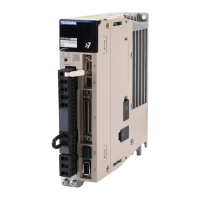

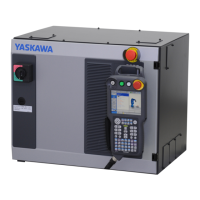
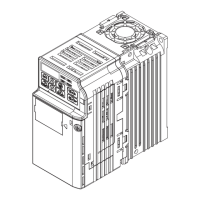
